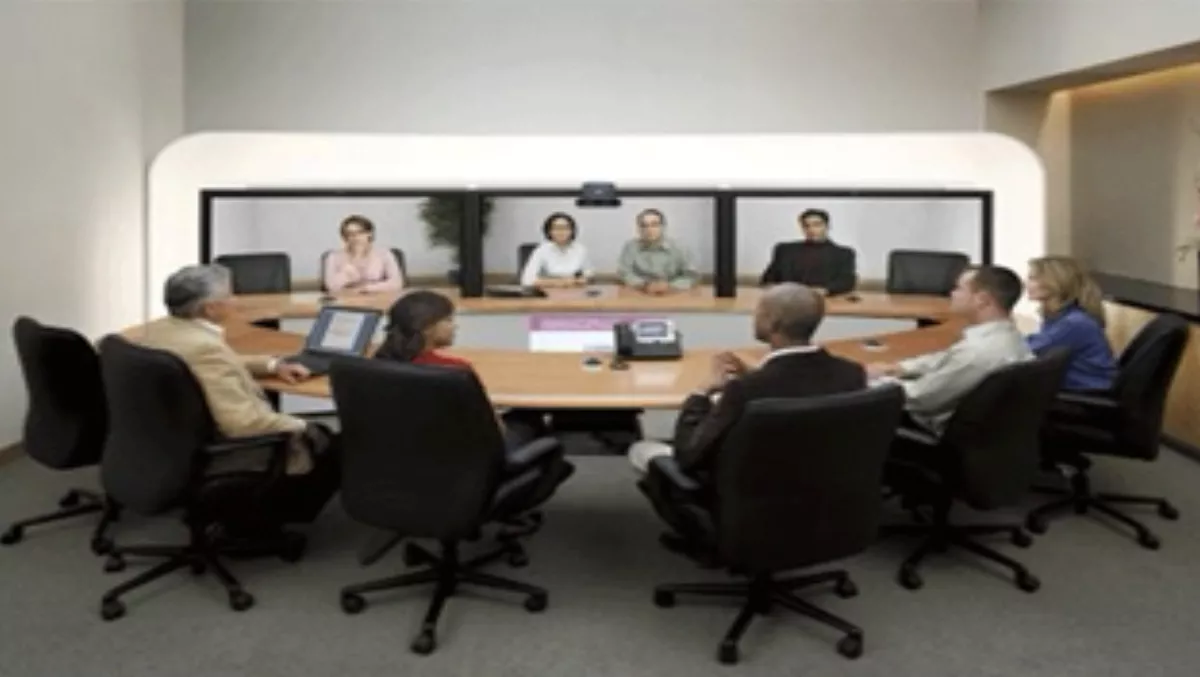
Videoconferencing offers a good opportunity to go green, says Tim Fulton, LifeSize Communications ANZ managing director.
Those of us who loved Sesame Street will remember Kermit’s old catchphrase, “It’s not easy being green.” Before videoconferencing technology became mainstream, this rang true for companies all over the world. Executives were forced to travel for face-to-face meetings — an expensive, time consuming move that also polluted our air with damaging emissions.
The idea of ‘telecommuting’ did not exist and employees wasted hours sitting in rush hour traffic while their cars emitted deadly carbon monoxide into the atmosphere. These days, it’s much easier to be green with the help of high definition videoconferencing.
Videoconferencing has always held the promise of reducing travel expenditure and emissions, but has been hampered by low quality and high cost. But high definition solutions have changed everything providing an experience so life-like that videoconferencing has become both preferable to travel and affordable enough for mainstream adoption.
But can video communication help save our environment and create a better life for future generations? We think so.
As awareness has grown, companies face increasing pressure to reduce their carbon footprint from all sides, yet still deliver successful business results. What if you could connect more with partners around the world, avoid the time and expense of travel and greatly reduce your carbon footprint at the same time?
The secret to attaining the payback in deploying video in support of green IT initiatives lies in customers driving adoption of videoconferencing and collaboration technologies, making sure employees know how to use the tools available and encouraging workers to use them as much as possible.
Calculations…As a reseller, once you’ve identified the ways in which your customer could use video, calculate the time and resources they currently spend on the activities which they could replace with video.
- How many people are traveling to meetings? What does that travel cost?
- How could staff be using their time more effectively by reducing that travel?
Global meetings Is there a need for everyone to take a flight? Could most people participate via videoconferencing?
Telecommuting Can your solutions enable people to work from home and improve their work/life balance?
Team building and collaboration Can your solution bring together multiple offices and isolated teams?
Access to remote experts Can your solution connect easily with advisors face-to-face?
Connecting the supply chain Are you able to help your customer apply video to improving business processes, standards and communication with suppliers?
Training Could video help schools, hospitals or tertiary institutions to enhance learning opportunities?
Recruitment Can you show demonstrable value in using video to eliminate the need to travel for preliminary interviews?
As more legislation arrives to provide the frameworks to help reduce greenhouse gases, companies of all sizes will see that energy conservation and becoming more efficient is not only for the benefit of the planet but makes them more competitive too.
Once people start using video to communicate, they want to use it more — and the environmental benefits multiply.
